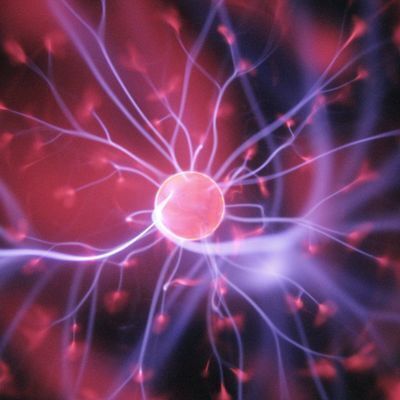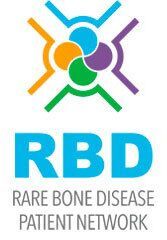
Bridging Biology and Engineering to Tackle Complex Vascular Disorders
Dr. Brandon Dixon's, Georgia Institute of Technology, presentation on the advancements in treating lymphatic malformations marks a significant leap in the intersection of engineering and medical science. Focusing on understanding the intricate functioning of the lymphatic system, Dr. Dixon's work sheds light on the possibilities that engineering principles offer in medical research.
Understanding the Lymphatic System
The lymphatic system, crucial for fluid balance, protein clearance, immune cell trafficking, and lipid transport, has always been a complex subject in medical research. Dr. Dixon's focus has primarily been on studying the collecting lymphatic vessel, vital for efficiently moving fluid up a pressure gradient. His work highlights the critical relationship between the structure and function of these vessels in maintaining fluid balance in the body.
The Challenge of Treating Lymphatic Malformations
Treating lymphatic malformations, especially given their role in fluid transport and immune responses, presents significant challenges. Dr. Dixon emphasizes that the diverse clinical presentation of these malformations, influenced by factors like location and timing of mutations in development, necessitates innovative approaches for effective treatment.
The Role of PI3KCA Mutations
A key focus of Dr. Dixon's research has been the role of PI3KCA mutations in lymphatic endothelial cells, which are a driving factor in many lymphatic malformations. Identifying these mutations has led to more targeted treatments, such as the use of drugs like Sirolimus and Alpelisib, which have shown promising results in clinical trials.
Engineering Solutions: Developing New Models
One of the most significant contributions of Dr. Dixon's work is the development of new models to study disease. His team has created in vitro models that bridge the gap between simple 2D models and the complexity of in vivo models. In vivo models include animals that are live as opposed to experimentation on deceased animals. Mice are the most commonly used model, since their genetic make-up is similar to that of humans. Dr Dixon and colleagues created a 3D, in vitro model using synthetic hydrogels designed to support the growth and study of patient-specific lymphatic endothelial cells, offering a more accurate representation of the disease environment.
Personalized Treatment Approaches
By using these hydrogels to grow patient-derived cells, Dr. Dixon's team can observe patient-specific responses to various treatments. This approach not only allows for the study of the disease in a controlled environment but also opens the possibility of developing personalized treatment plans based on individual patient responses.
Future Directions: Expanding Research and Collaboration
Looking forward, Dr. Dixon's work demonstrates the immense potential of applying engineering principles to medical research. His collaboration with medical professionals and continued exploration of innovative models promises further advancements in understanding and treating lymphatic malformations.
Conclusion
Dr. Brandon Dixon's work is a testament to the power of interdisciplinary collaboration in tackling complex medical challenges. By combining engineering principles with medical science, his research is paving the way for more effective and personalized treatments for lymphatic anomalies, offering hope to those affected by these conditions.










